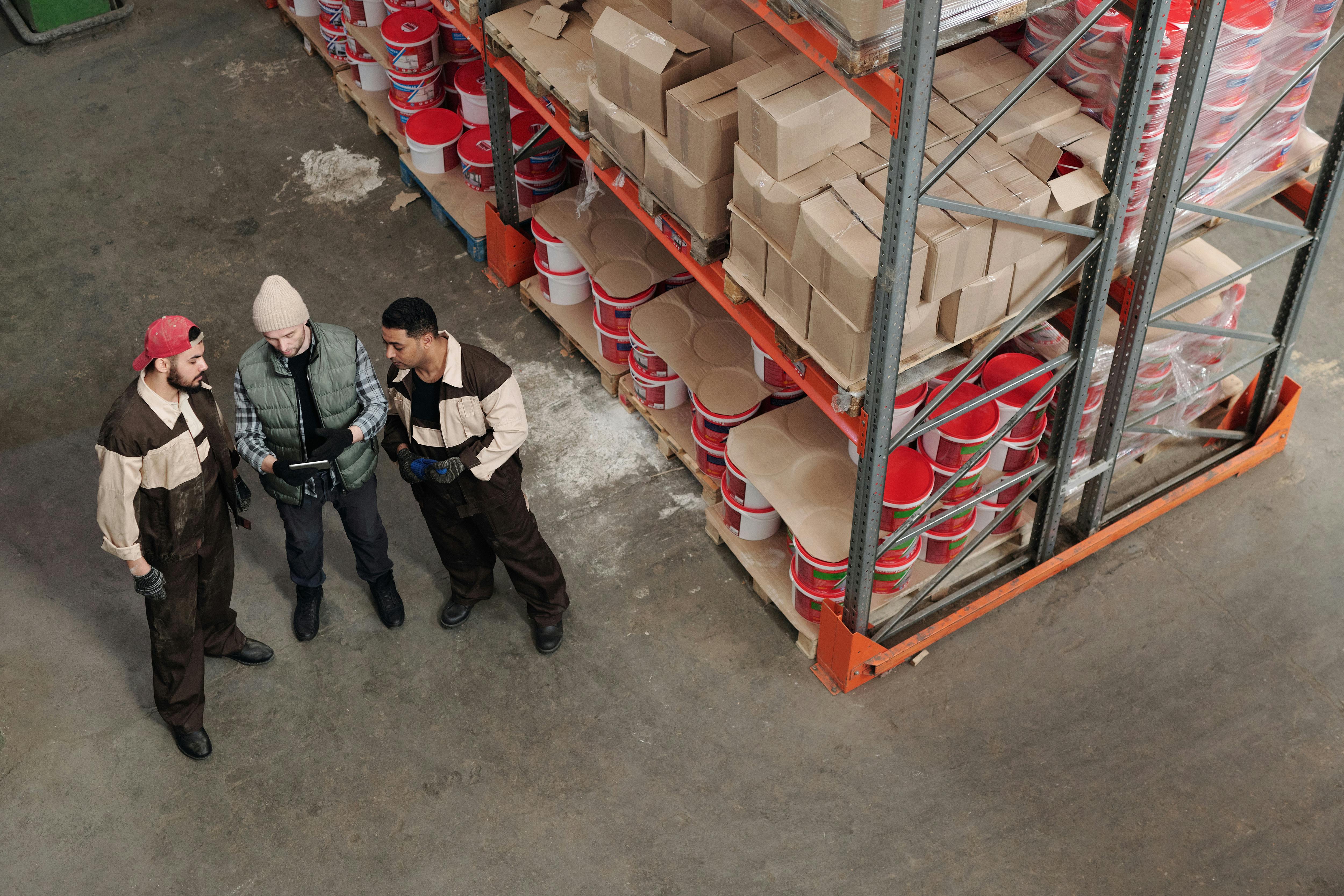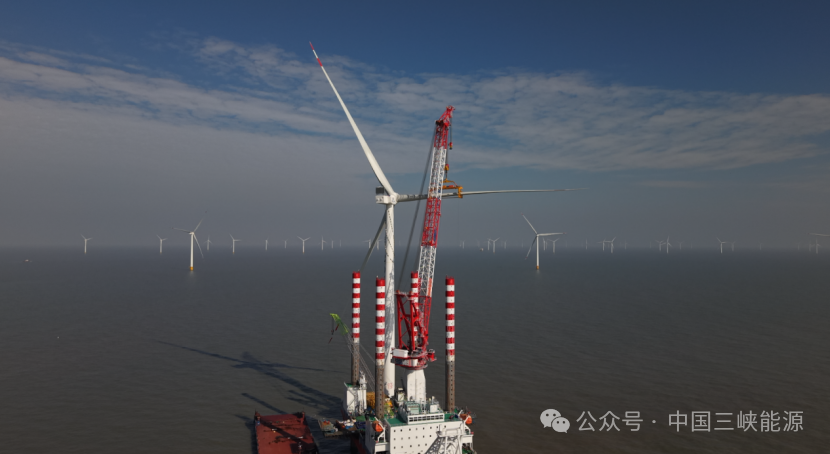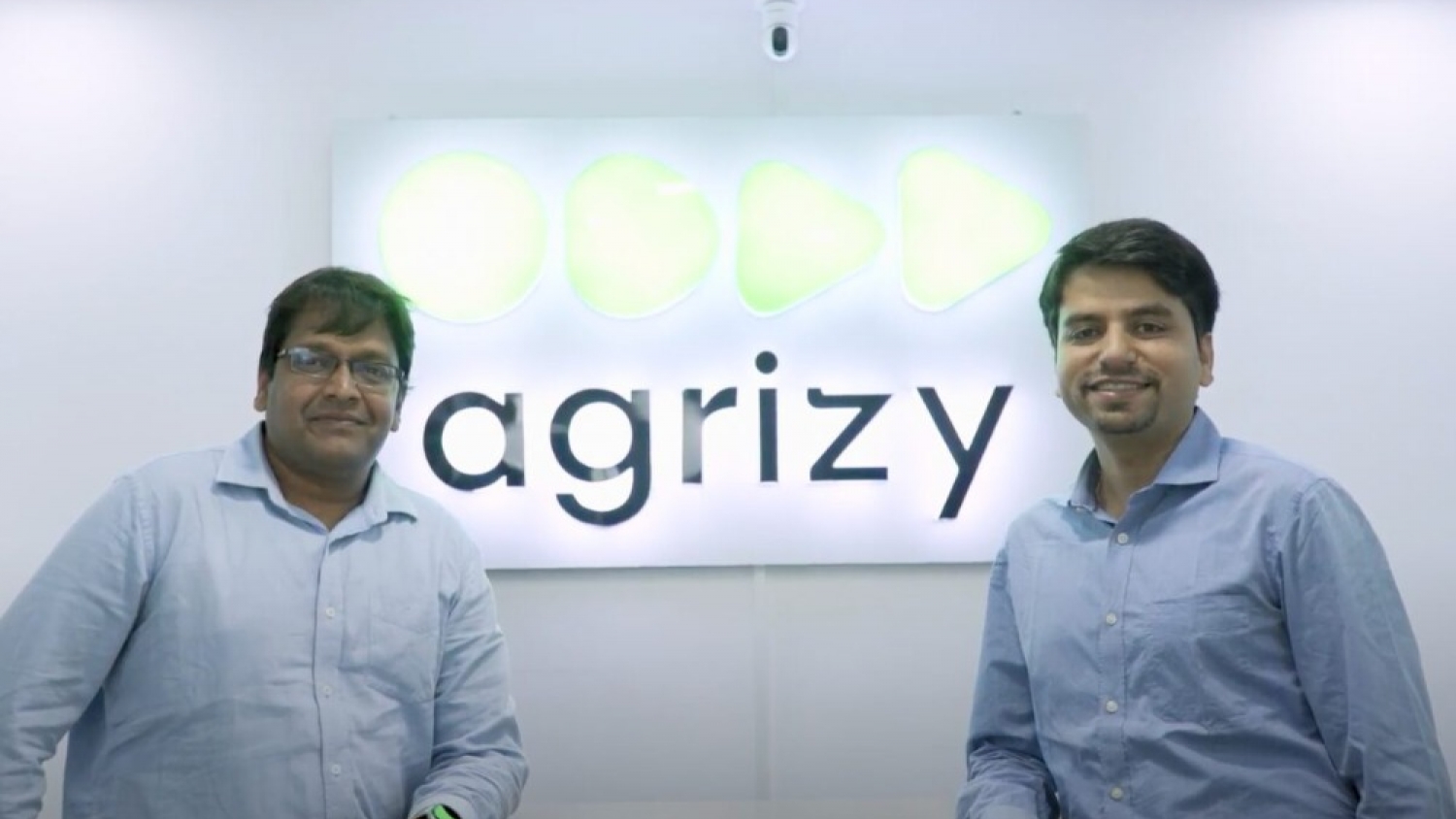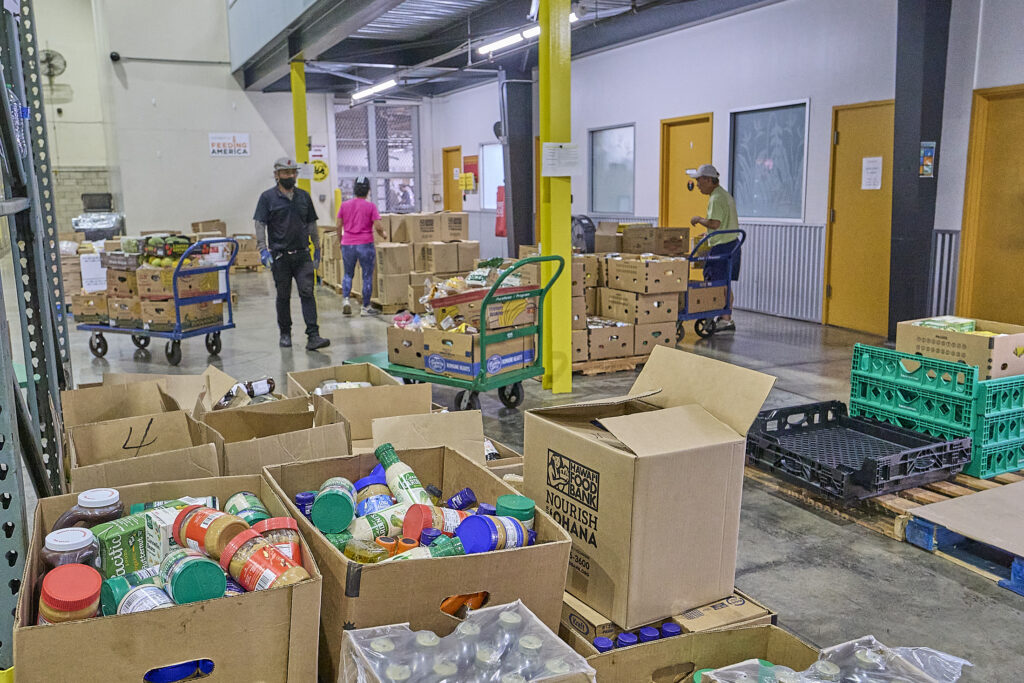How Smart Packaging Reduces Food Waste and Preserves Resources

When we think of food waste and resource management, we often assume the solution lies in using fewer materials. However, simply reducing resources doesn’t automatically lead to less waste. Mismanagement can increase waste rather than reduce it. In the food industry, it’s even more crucial for people to take waste reduction seriously.
With billions facing hunger annually, every industry must strive to reduce food waste. After all, every job is a climate job now, especially as corporations refuse to take responsibility for their wasteful processes. One such industry that needs a change is food shipment, and smart packaging is a step in the right direction.
What Is Smart Packaging?
Unlike traditional packaging, which typically exists solely to keep the stuff inside for just long enough without falling out, smart packaging actively improves food preservation. That could mean advanced materials, electronic sensors, or clever packaging design. Either way, the end goal is preventing food from spoiling needlessly.
Active Packaging
Active packaging deals directly with food to extend freshness and slow spoilage. It engages with the food’s environment by releasing or absorbing specific substances, particularly those that encourage food spoilage. Good examples include oxygen scavengers, eco-friendly foam alternatives, and antimicrobial agents. These innovations create an ideal atmosphere inside the package, helping preserve food quality.
Intelligent Packaging
Intelligent packaging lets people see food quality in real time, allowing consumers and suppliers to make informed decisions about freshness, safety, and usability. It integrates advanced sensors, indicators, or labels to monitor various conditions within the package. This technology goes beyond "use-by" or "sell-by" dates, offering valuable data on temperature, freshness, and ripeness. Naturally, it may cost a bit, so it’s best to use it for large-scale undertakings.
How Smart Packaging Reduces Waste
As for how smart packaging actually impacts food waste, there’s a whole host of benefits, ranging from food freshness to adaptability:
Maintaining Food Freshness
Keeping food fresh is one of the most difficult aspects of getting foodstuff from point A to point B. After all, the food has a built-in time limit, and bad packaging speeds up the clock surprisingly quickly. Keeping food in airtight containers built for preservation, with easy ways to monitor its quality, ensures food arrives at peak quality.
Adapting to Environmental Conditions
Shipping can experience some surprisingly sudden climate and environmental changes. Sure, those cardboard might be okay for dry summers. However, the moment it’s exposed to any humid climate, it starts to rot faster than the food. Smart packaging is typically built to last in a variety of environments, with some advanced packaging even allowing for temperature control.
Enhancing Supply Chain Management
Smart packaging enables real-time tracking, helping suppliers detect delays or issues in the supply chain. Maintaining a consistent environment during food transport is challenging, but intelligent packaging can record storage conditions and alert suppliers to potential problems. By improving supply chain efficiency, smart packaging reduces the risk of spoiled food reaching consumers.
Minimizing Environmental Impact
Reducing food waste also means reducing the resources—such as water, energy, and labor—used in food production. A longer shelf life, thanks to packaging, helps reduce demand for food production, conserving resources and lowering the overall environmental footprint of food production.
Reducing Packaging Waste
Many smart packaging solutions are now designed to be recyclable or biodegradable. Companies increasingly experiment with sustainable materials, which minimize the environmental impact of packaging waste. Combining these materials with the waste reduction achieved by preventing spoilage makes smart packaging an eco-friendly choice.
Integrating Smart Packaging into Existing Workflows
Integrating smart packaging into a current workflow offers benefits like extended shelf life, enhanced supply chain visibility, and improved food safety. However, the transition requires careful planning to prevent workflow disruptions. Here’s how to integrate smart packaging effectively.
Choosing the Right Smart Packaging Technology
Selecting the appropriate smart packaging technology is essential. Different products have unique requirements: temperature-sensitive goods benefit from temperature-monitoring capabilities, while fresh produce may need ripeness indicators.
Compatibility with existing packaging designs is also crucial. Size, shape, and material must align with the chosen technology to avoid disruptions Some packages may need slight modifications to accommodate sensors or indicators, making these details important during the design phase.
Updating Supply Chain Processes and Training
Smart packaging can enhance inventory management by providing real-time product condition data, though this may require inventory process adjustments. Integrating smart packaging data with inventory systems improves overall inventory control and product quality by tracking freshness, temperature, and other key factors.
Training employees on the new technologies is essential. Warehouse staff need to interpret and respond to indicators, while store employees should understand freshness or ripeness indicators to assist customers effectively. Even if the packaging is bulletproof, if an employee leaves it open, then it’s all for naught.
Building Partnerships with Suppliers and Distributors
Collaboration with packaging suppliers ensures that chosen smart packaging solutions meet specific product needs. Packaging suppliers offer valuable guidance on customizing technology and implementing best practices, easing the transition.
Coordination with distributors and retailers is equally important. Smart packaging data benefits all partners in the supply chain. Open communication ensures everyone understands how to handle packaging.
Final Thoughts
Smart packaging for the food chain won’t stop evolving anytime soon, but thankfully, it’s already tenable for many suppliers. That said, it can cost a lot if not properly understood. Make sure your business is ready for any major changes to its workflow by focusing on the right technology and training people correctly. By doing so, you help the industry take one more step towards sustainability.
What is Your Reaction?
 Like
2
Like
2
 Dislike
0
Dislike
0
 Love
0
Love
0
 Funny
0
Funny
0
 Angry
0
Angry
0
 Sad
0
Sad
0
 Wow
0
Wow
0
















































/environment-climate-change-and-health-(ech)/water-sanitation-hygiene-and-health-(wsh)/landfill-tuvalu-36092.tmb-1200v.jpg?sfvrsn=5c21fe40_1#)

.jpg.webp?itok=0ZsAnae9#)


























